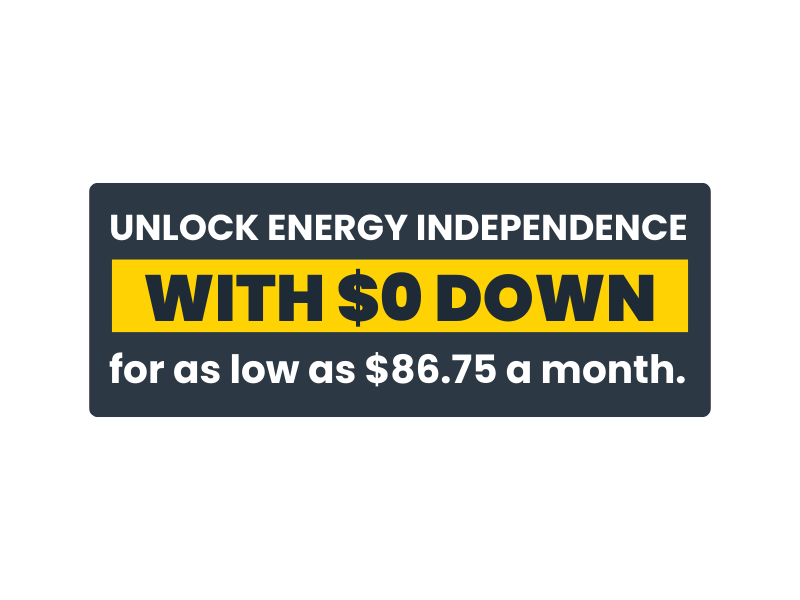If you’re just starting to do research on the benefits of solar energy, there are many - it increases your property valuation, it provides a solid ROI (return on investment) and it’s a good way to save money on energy costs - just to name a few.
One important factor that many homeowners forget to consider before solar panel installation is the condition of their roof. Typically, your roof will be fine. In some instances, however, you may want to re-design the elements of your roof or replace it with a new one.
Keep the following 5 things in mind while you are determining if your roof is solar ready.
- Energy generation goals
- Roof Structure and solar panel installation
- Roofing Issues and considerations
- Building ownership
- Orientation of your roof
Energy Generation Goals
A good question to ask yourself is do you want to go full solar or do you only need the power for a certain percentage of your energy needs? The length of your solar panel system will depend on the answer to this question. If you don’t need to rely on solar for all your power needs, you might not need the entire length of your roof for the installation. Start by consulting a solar panel installation company to discuss your solar options.
Roof Structure and Solar Panel Installation:
Solar panels add weight to your roof, so it must be strong. To help prevent adding in additional support to the panels and to combat the friction caused by the increased wind velocity at higher points, solar installers prefer panels on roofs that are below 60 feet.
This will also depend on the material and the health of your roof.
Roofing issues and considerations:
Sound structure is the key to holding down your system during extreme weather conditions. Various options are available for mounting solar panels onto your roof. They can be mounted directly on the roof surface or the solar installation company might use ballasted support systems that are held down by concrete blocks, which are roughly the same weight as the array itself.
Another tip to keep in mind, your roof’s color also plays a role in increasing or decreasing the unit’s efficiency. For instance, A white roof will reflect maximum sunlight onto the panels and help improve the efficiency of your unit. On the hand, a darker roof will end up absorbing the sunlight and decrease the efficiency of your system.
Building ownership:
In order for you to get the maximum ROI from your solar panels, you must take full advantage of solar tax credits. In order to do so, you need to be a private entity that has a taxable income. This is especially important if you are a business owner that plans on going green.
The orientation of your roof:
If you live in an area that receives a lot of snow, chances are that you have a pitched roof. The shape of your roof and how much sunlight it catches during the day will impact the efficiency of your solar unit.
Interestingly, the installation cost for flat roofs is much less than that for pitched roofs. A good solar installer will be able to tell you the maximum efficiency of your system after an inspection.
There are many considerations with regards to design, ownership, materials, and orientation, etc. It is always handy to consider each aspect before installation in order to avoid any re-installations and efficiency related problems in the future.



